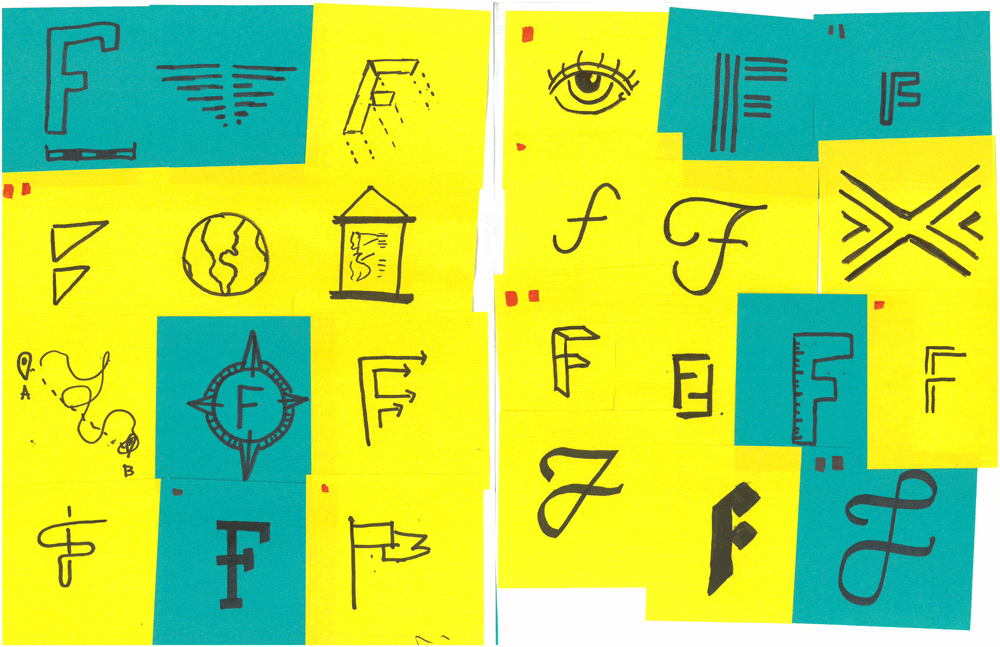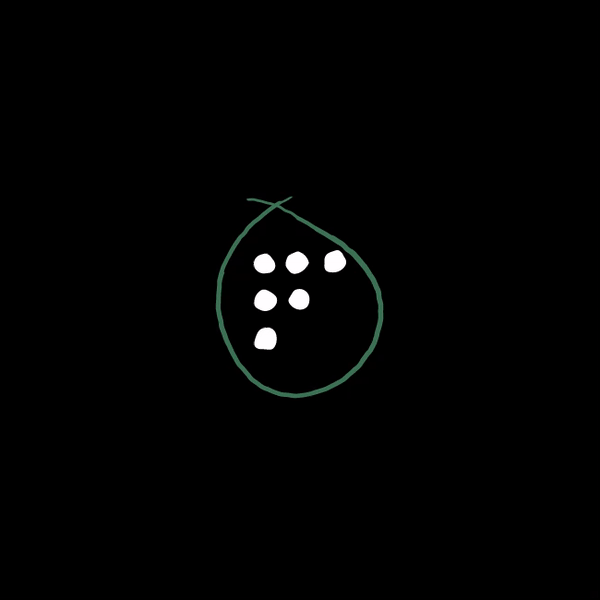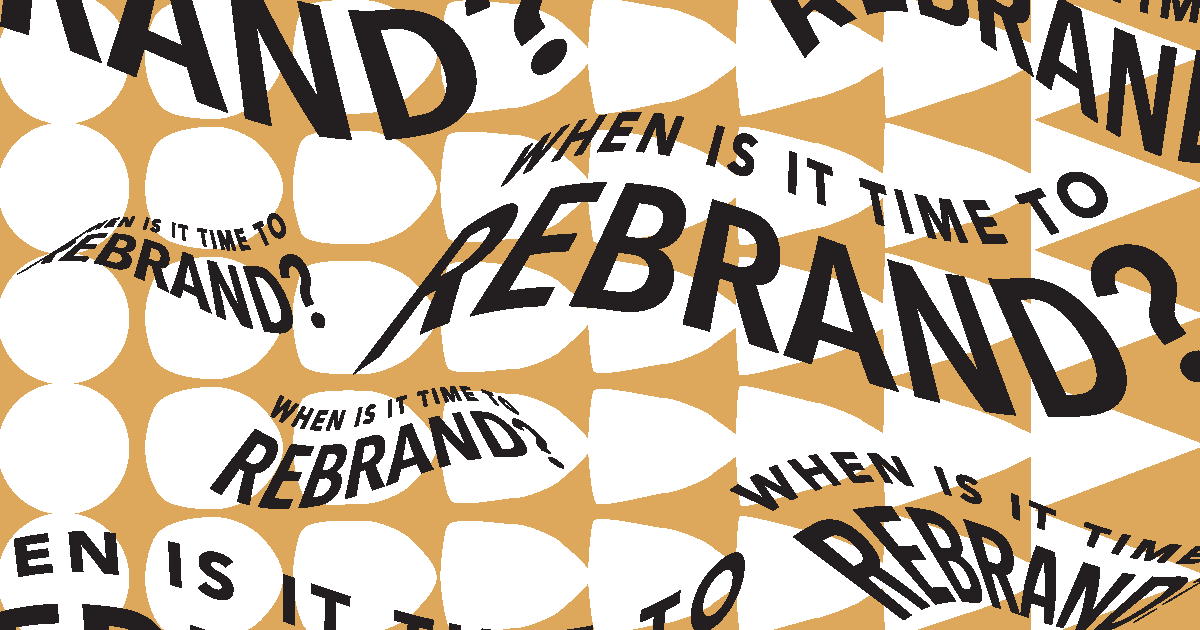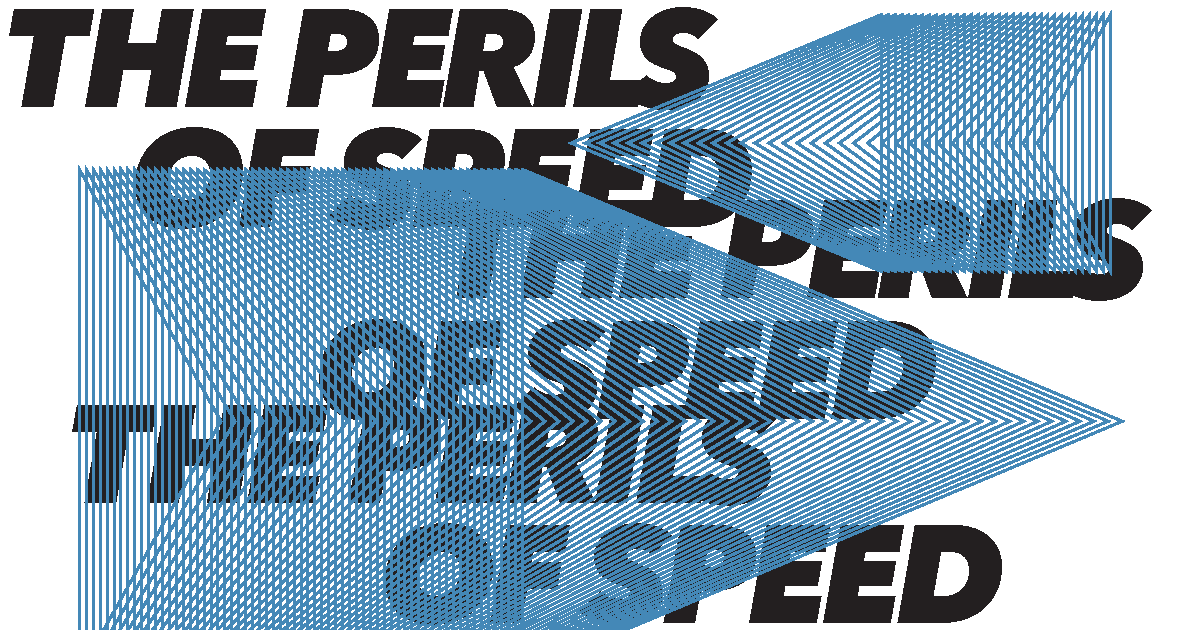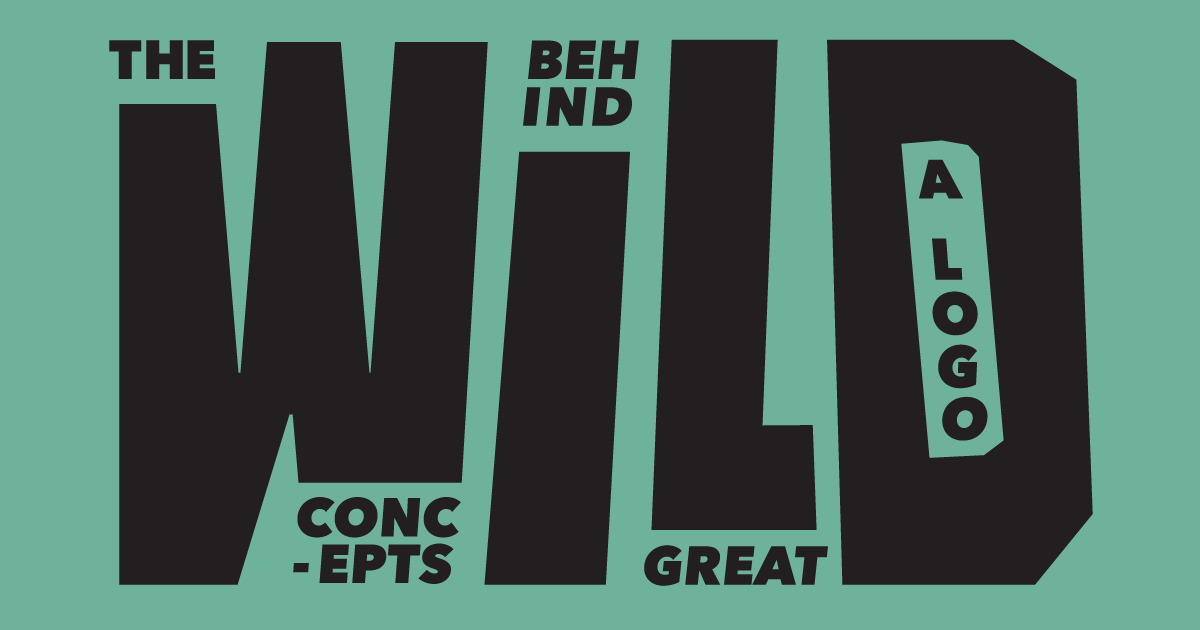
Every recognizable brand has a great logo to support it. This idea, that a brand is more than just a logo, is something we work hard to impart to our clients. The logo, however, is normally the first impression a brand makes. It’s the first bite of the brand identity sandwich.
So how does a memorable logo come to be? Every designer, agency, or studio has their own process, but would likely all admit that there is no real secret sauce, with each process only differing slightly to suit a preferred style of working. My goal is to peel back the curtain and give you a peek into what these processes look like, and the organized chaos that can surround it.
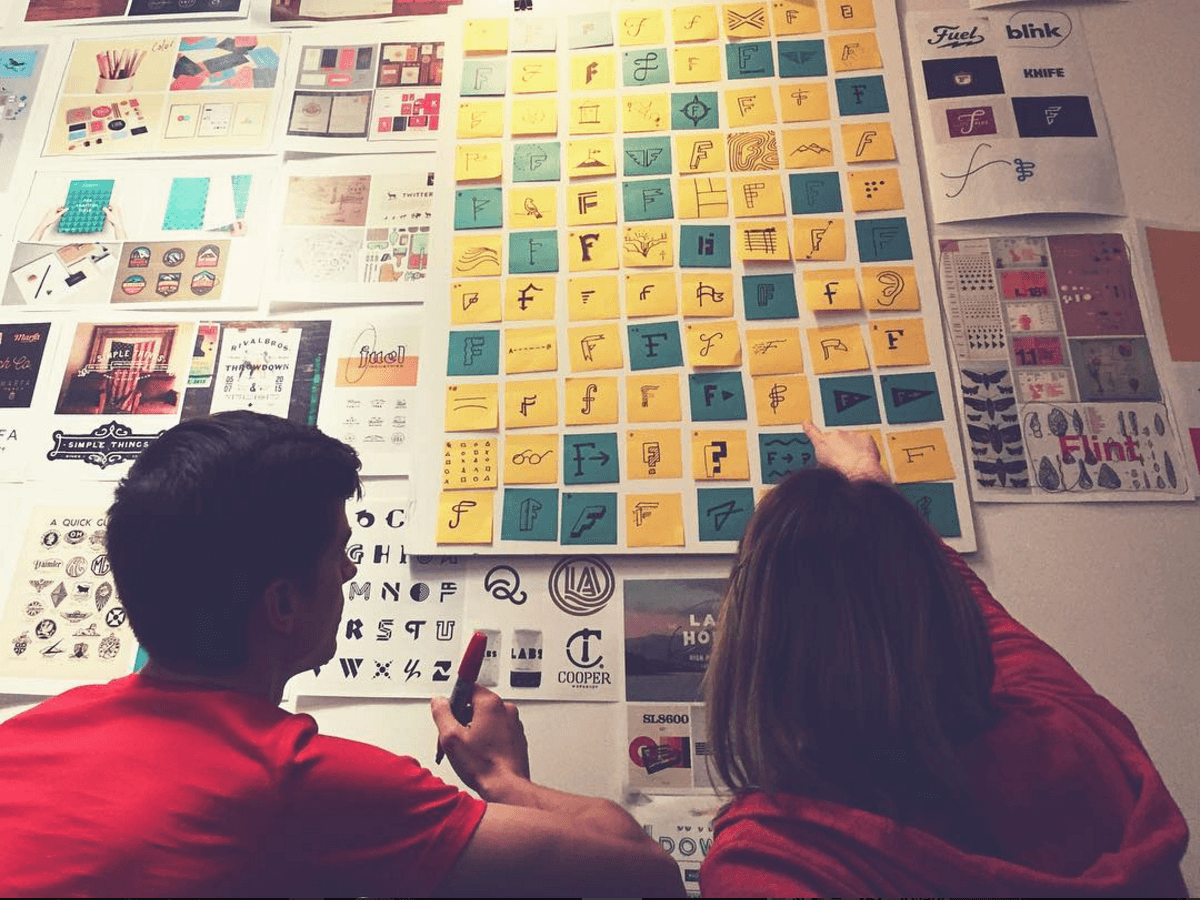
The Fieldtrip creative team starts with quick sketching sessions on post-it notes to get our ideas out quickly. This step allows the team to see what everyone else is thinking, without verbalizing it, so other designers can build on each other’s ideas or go down a rabbit hole of concepts they hadn’t thought of exploring. Working quickly and reflexively like this ensures that the voice in a designer’s head, which typically over-analyses every decision, takes a back-seat. Early on, it’s most important to get the wild, outlandish, and unconventional ideas out into the open. Once the design team comes out of their idea sketching binge, they can all review ideas together with sober minds and analyze the pros and cons of each concept, and laugh at the crazier ideas.
After the sketching has been done it’s time for the designer to start focusing on the avenues they want to explore. Choosing a direction typically stems from determining what ideas already have a solid design foundation started, whether there are unique elements in the concept, or if there’s a really interesting and uncommon idea behind a design that deserves some further digging. As sketching continues we move closer and closer to digitizing our concepts. As the designs are fully explored on paper, they transition to the computer screen. Some of the weird designs can begin to rear their ugly heads here, and that’s what we want. Visualizing some of the more abstract or obscure ideas allows the designer to see how they could scale back or create tangents on their original ideas. Not a lot of these early ideations get to see the light of day, but when they do it’s always interesting to see the thought processes that got them there.
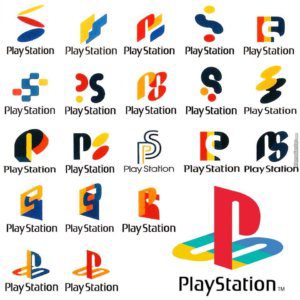
The original Playstation (released 1994) had some fantastically weird and abstract directions explored. From the falling circles (maybe to represent the new shift in using CD-ROMS over Nintendo’s cartridge system), a question mark shaped PS (To add some mystery to the new gaming console entering the market?), and even huge abstractions of the letter P with an S cut into it (I’ve got nothing on this one). Th
ere was a lot of wild ideation before getting to the iconic logo we all know today, but it’s clear how these concepts share some ideological similarities.
While the client or public typically never see these precursor logo concepts, it’s important to understand and utilize an intentional process when creating them. Whilst the final product has dozens of hours spent perfecting it, tweaking angles, aligning geometry, etc, there are hundreds of chaotic and clumsy ideas that forever live on in a notebook or hard drive, never to be seen again. It’s rare a client would ever see them, but maybe they should? Would it bring more credit to the process that goes into creating these more polished graphics or would it hinder it?
If you’re reading this as a client, maybe challenge your creatives to show you some of their process sketches and early designs. They’ll undoubtedly have some, and they may give you a bigger insight on how the creative process works and, ultimately, create a new level of trust.
If you’re reading this as a creative try to envision how your sketches and concepting could be worked into your logo pitches. Rather than describing how you got to the final product, and the meaning behind it, show your client your sparks of inspiration and the thought you put into arriving at the finished product.
